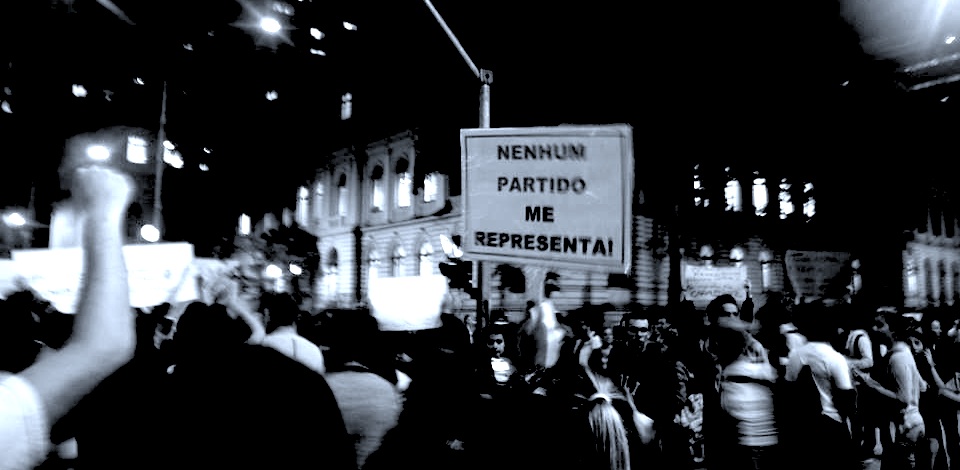2. The Bourgeoisie
The bourgeoisie, or class of capitalists, owns the means of production, including productive and interest-bearing capital, the bulk of the titles of ownership to fictitious capital, large-scale commercial capital and large landed property. This class directly or indirectly employs the wage workers, controls the allocation and performance of labour and the level and composition of output and investment, and claims the surplus value produced. The Brazilian bourgeoisie includes two fractions, distinguished by their relationship with the form of the process of accumulation and, specifically, with neoliberalism, international integration and financialization.
The neoliberal bourgeoisie is closely aligned with the interests of transnational foreign capital and globalized finance. It includes, primarily, the owners of financial capital (banks, insurance companies, large consultancies an accountancy firms), transnational and internationally-integrated manufacturing capital, and the media. This fraction was politically dominant during the administrations led by Fernando Collor and Fernando Henrique Cardoso. The neoliberal bourgeoisie rejects a ‘national’ development strategy; instead, its priority is the financialization and further international integration of the Brazilian economy.[14] This project is anchored institutionally by policies of inflation targeting, central bank independence, the liberalization of international capital flows, privatizations and market liberalization, the dismantling of state capacity to allocate resources and steer the process of development, and the rejection of state-led structures of redistribution. This group tends to support the Brazilian Social Democratic Party (PSDB) and its allies.
In his second administration, Lula maintained the existing neoliberal macroeconomic policy framework, but introduced – in addition to it – elements of a neo-developmentalist strategy which privileged the interests of the internal bourgeoisie. The neo-developmentalist policy inflection and the favourable global environment in the mid- 2000s led to a marked uplift in macroeconomic performance and in employment creation, and supported an unprecedented reduction of inequality (see section 3).[15]
In sum, the conflict between the two fractions of the bourgeoisie expanded enormously the political space available to the PT, precisely when its traditional base in the industrial working class, the unionized civil service and among formal service sector workers had been eroded by the neoliberal reforms. In this sense, the neo- developmentalist policy inflection of the PT brought together the interests of the internal bourgeoisie and those of the broad working class, under the hegemony of the former (see below).

